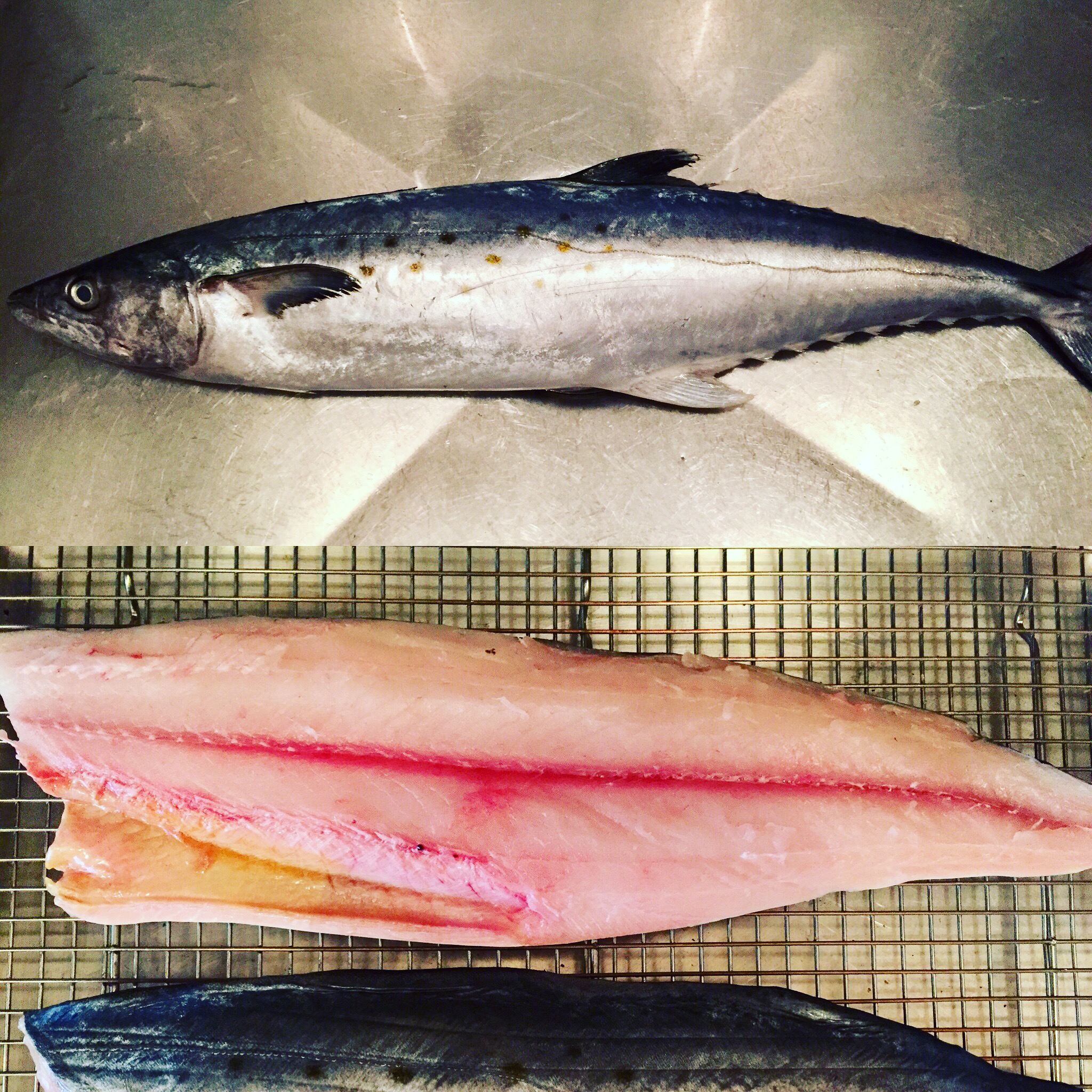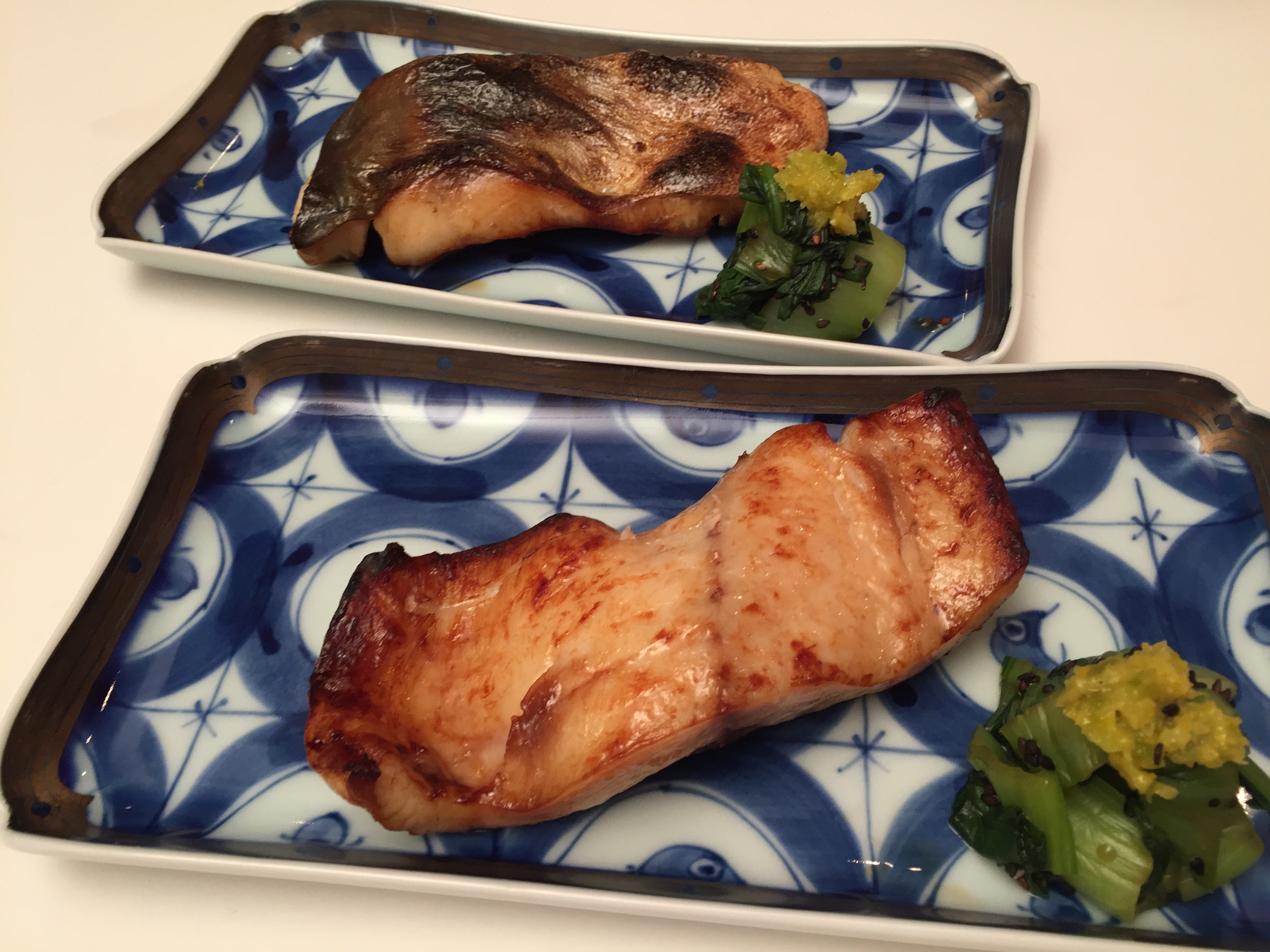
 You may have had sawara (Spanish mackerel) sashimi or sushi at a Japanese restaurant and remember its rich and sweet flavor. Sawara is a seasonal fish which is wild-caught during winter and early spring. The other day I had the chance to purchase a wild-caught in Florida, very fresh, 3 pound sawara at New York’s Citarella food market.
You may have had sawara (Spanish mackerel) sashimi or sushi at a Japanese restaurant and remember its rich and sweet flavor. Sawara is a seasonal fish which is wild-caught during winter and early spring. The other day I had the chance to purchase a wild-caught in Florida, very fresh, 3 pound sawara at New York’s Citarella food market.
Sawara in Japanese literally means ‘narrow body’. The long, slender, but round body allows this fish to be one of the fastest swimmers in the ocean – up to 62 miles per hour.
Sawara belongs to the mackerel and tuna family, but its color and flavor are very different. The flesh is white and the flavor is neither too fishy nor “metallic-tasting” like tuna. Sawara has mild natural sweetness. Sawara is a voracious fish with a larger mouth full of saw-like teeth. The fish loves feasting on sardines and Pacific pike. Oh,… and that’s why sawara tastes so good.
To prepare sawara in the kitchen a chef must have good knowledge of its freshness and of proper handling since it was caught. Sawara loses its freshness soon after being removed from the water. This is why sawara is not a sushi restaurant regular, but only appears occasionally.
For anyone who plans to cook sawara at home, here are some tips;
- Purchase the freshest fish (a whole fish, not fillets is recommended) at a reputable fishmonger
- Sawara is watery fish and the flesh is very soft; when you fillet the fish please handle it with care.
- In order to remove excess water from the flesh and firms it up, after filleting salt it (use a salt quantity equal to 3-5% weight of the fish) and let it stand for 10 to 15 minutes. You will soon see that the fish is covered with its own exuded water.
- After the salting period place the fish on top of paper towel and cover the top with another paper towel while gently pressing to remove the salty water. Or, you may quickly rinse the fish under cold tap water and wipe dry.
I will post the Yuan-yaki recipe next.
hirokoshimbo
